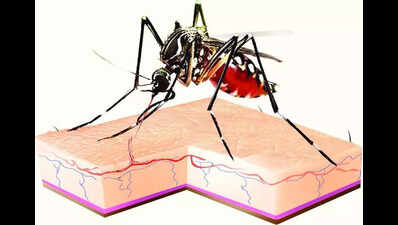- News
- City News
- chandigarh News
- Punjab health department steps up testing for dengue, chikungunya amid rising cases
Trending
Punjab health department steps up testing for dengue, chikungunya amid rising cases
Chandigarh: Amid a steady rise in dengue and chikungunya cases across the state, the Punjab health department directed all sentinel surveillance hospitals to conduct daily testing of fever cases, stepping up efforts to monitor and contain the spread of the vector-borne diseases.As of 5 May, a total of 94 dengue cases were reported in the state, though no fatalities occurred. In addition, 18 confirmed cases of chikungunya were recorded. Kapurthala emerged as the worst-affected district with 21 dengue cases, followed by Faridkot (17), Tarn Taran (16), and Mohali (14). Among chikungunya cases, Amritsar reported the highest number (11), with the remaining five cases coming from Faridkot.In a bid to intensify surveillance, the department circulated a colour-coded list to all districts. Districts marked in orange are instructed to ensure daily testing for dengue in all fever cases. Those in yellow must conduct daily testing for chikungunya, while green districts are to test for both diseases routinely. No district, the department emphasised, should report zero sample testing for dengue or chikungunya in their daily surveillance reports.The department also reiterated the importance of public awareness regarding symptoms. Dengue symptoms typically appear 5–6 days after being bitten by an Aedes aegypti mosquito and may include high fever, severe headaches, pain behind the eyes, and joint and muscle pain. Chikungunya, on the other hand, presents 3–7 days after infection, with symptoms such as fever, joint pain, rashes, joint swelling, and muscle discomfort. Rashes caused by chikungunya can extend to the face, palms, and limbs, while dengue-related rashes are usually limited to the limbs and face.
End of Article
Follow Us On Social Media









